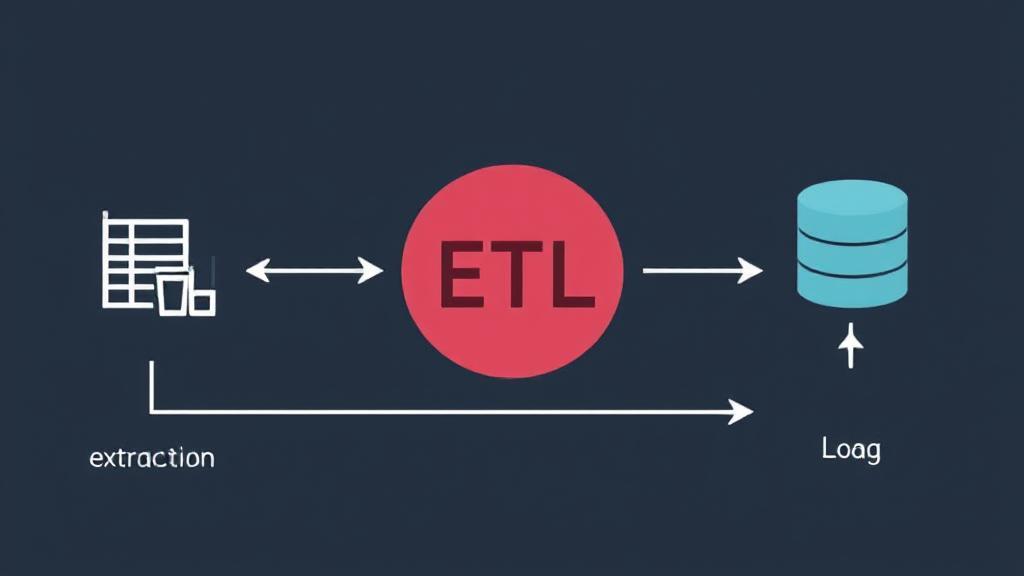What is ETL?
ETL (Extract, Transform, Load) represents three critical steps in moving data from various sources into a target database or data warehouse. This standardized approach ensures data quality, consistency, and usability across organizations looking to make data-driven decisions.
Extract
The extraction phase involves pulling data from multiple source systems while maintaining data integrity and minimal impact on source performance. Common data sources include:
- Relational databases (MySQL, PostgreSQL, Oracle)
- Flat files (CSV, Excel)
- APIs and web services
- Legacy systems
- IoT devices
- Social media platforms
- CRM systems
Key Considerations in Extraction:
- Data Source Variety
- Data Volume
- Data Quality
For more on data extraction techniques, you can refer to this guide on data extraction.
Transform
Transformation is often the most complex phase, where raw data is converted into a format suitable for analysis. Common transformation operations include:
- Data cleaning and validation
- Standardization of formats and units
- Handling missing values
- Deduplication
- Data integration and aggregation
- Key mapping and joining related data
"Garbage in, garbage out. The transformation phase is where we ensure data quality and consistency." - Ralph Kimball
Tools like Apache Spark and Talend are popular for handling data transformation tasks.
Load
The final phase involves writing the transformed data into the target system, such as:
- A data warehouse
- A data mart
- A reporting database
- Cloud storage solutions
Loading Strategies:
- Full Load: Complete replacement of existing data
- Incremental Load: Only new or modified data is loaded
Benefits of ETL
ETL processes are vital for several reasons:
- Data Centralization
- Improved Data Quality
- Enhanced Decision Making
- Reduced Data Redundancy
- Increased Data Integration
Modern ETL Tools and Technologies
Several tools help streamline the ETL process:
-
Open-source tools:
-
Commercial tools:
-
Cloud-based tools:
Best Practices
Planning and Design
- Document data sources and transformations
- Define clear data quality rules
- Plan for scalability
- Consider security requirements
Monitoring and Maintenance
Regular monitoring should include:
| Aspect | Metrics to Track |
|---|---|
| Performance | Processing time, resource usage |
| Quality | Error rates, data accuracy |
| Reliability | Job success rate, system uptime |
The Future of ETL
Modern trends are reshaping traditional ETL:
- ELT (Extract, Load, Transform) gaining popularity with cloud data warehouses
- Real-time streaming replacing batch processing
- AI/ML automation of transformation rules
- DataOps and automated testing integration
ETL remains a crucial component in data integration strategies, evolving with new technologies and methodologies. Organizations must stay current with best practices while adapting to changing business requirements and technological capabilities.
